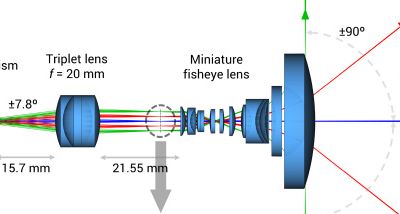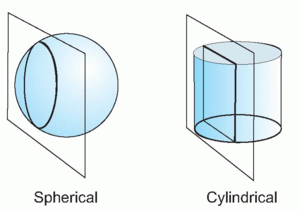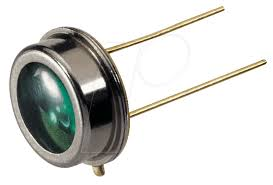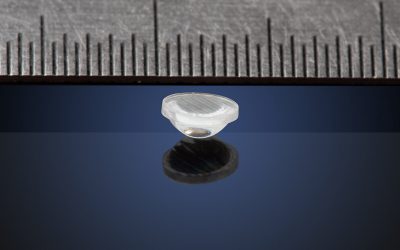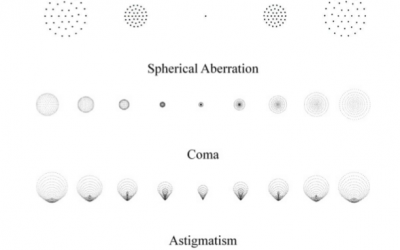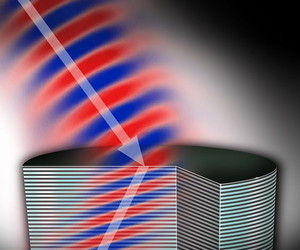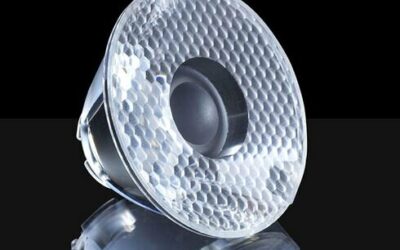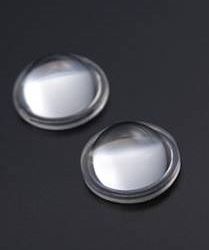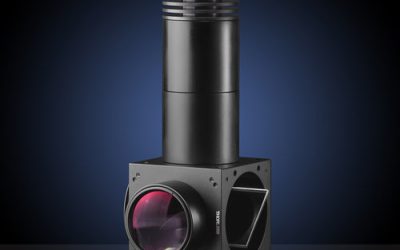Introduction LIDAR, short for Light Detection and Ranging. In recent years, LIDAR has emerged as a transformative force across a multitude of industries, revolutionizing everything from autonomous vehicles to archaeology. But what exactly is LIDAR, how does it work,...
FAQ
Telecentric Lens Design: Enhancing Precision in Optical Systems
by Victor Argueta | FAQ, lens design, lens design consulting, machine vision, optical engineering
Introduction to Telecentric Lenses An important goal in machine vision applications is taking measurements in a consistent, accurate, and precise manner. This can include measuring the dimensions of manufactured parts to guarantee they are within the design...
What is Birefringence?
by Victor Argueta | FAQ, optics, optics definitions, science
In a previous post, we explained the concept of a material refractive index in optics in the context of optical design. Something that we didn’t review however is that many materials have two, three (and even more) different refractive indices depending on the...
5 Applications of Cylindrical Lenses
by Victor Argueta | FAQ, lens design, optical design, optics
When thinking of a ‘lens’, most people have the image of a spherical lens in their mind, but there are different geometries for lenses, and one of the most common is the cylindrical lens. What’s the difference between spherical and geometrical lenses? And what...
Medical Use of Photodiodes
by Victor Argueta | FAQ
Not all optical systems create images. In some systems, detecting light intensity is enough to meet an application requirement. For those systems, it’s possible to convert an optical signal into an electrical signal using electronics and photodiodes. In...
Design considerations for microlenses and lensarrays
by Victor Argueta | FAQ, lens design, optical design
As optical systems are reduced in size, we encounter new engineering challenges when analyzing and designing lenses. These are issues that we usually don’t see when working with larger elements. This article will review some of the challenges when designing...
Mastering Spot Diagrams: Analyzing Optical System Quality | OFH
by Victor Argueta | FAQ, lens design, optical engineering, optics definitions
Introduction to Spot Diagrams As optical engineers, we use different tools and techniques to evaluate the performance of an optical design when simulating the system in a ray tracing program. One of those tools are spot diagrams. They may be a little bit confusing to...
Mastering Relay Lens Design: Enhancing Optical Systems | OFH
by Victor Argueta | FAQ, lens design consulting, Zemax
Introduction Optical relays, an integral component of various optical systems, play a crucial role when the user's proximity to the observed object is limited or when specific image transformations are required. A prevalent example of this is found in relay lenses,...
5 things to know about refractive index
by Victor Argueta | FAQ, optics, optics definitions
Introduction The refractive index is one of the basic concepts in optical sciences. Same as volume, and density, the refractive index is a fundamental property of all materials. However, not only materials that are used in optics have a refractive index. For example,...
TIR Lenses, 3 basic design concepts
by John | FAQ, illumination
Working principle of TIR lenses: A TIR lens works on the principle of total internal reflection. When light reaches an interface between two materials with different refractive indices and the correct angle of incidence, there is refraction (bending of a light ray...
Advanced materials for LED optics
by John | FAQ, illumination
Since the start of the LED lighting revolution, plastic optics have been made primarily from acrylic (PMMA), polycarbonate or a modified version of either material (for example PMMI). More recently, silicon-based optical materials have grown in market share. These...
How to specify a custom imaging lens
7 key specifications when working with an optical engineer to design a custom imaging lens for your application. Questions we ask at www.opticsforhire.com that apply to any optics project. Need help? Click here to learn more about our custom optical engineering...
